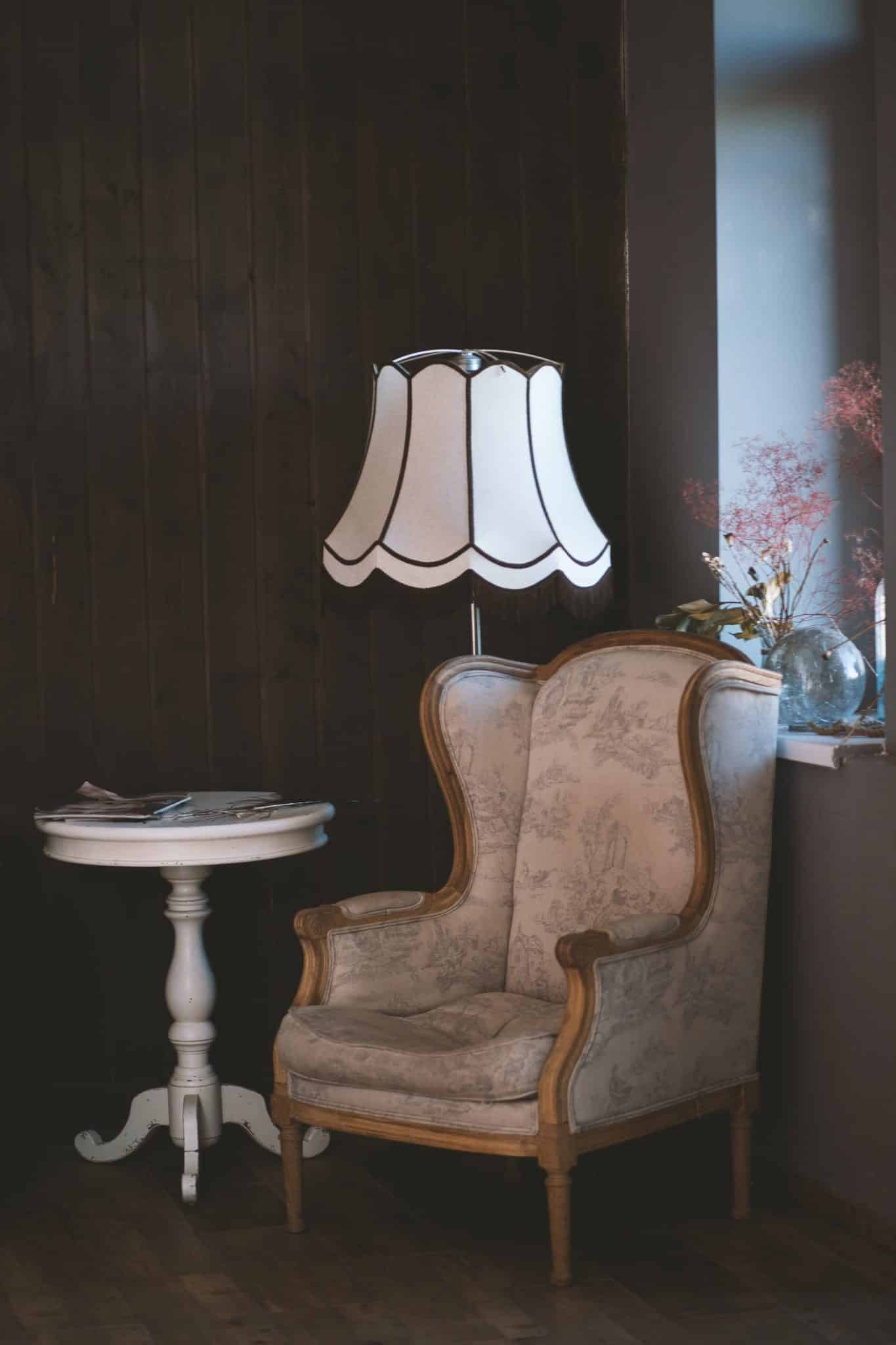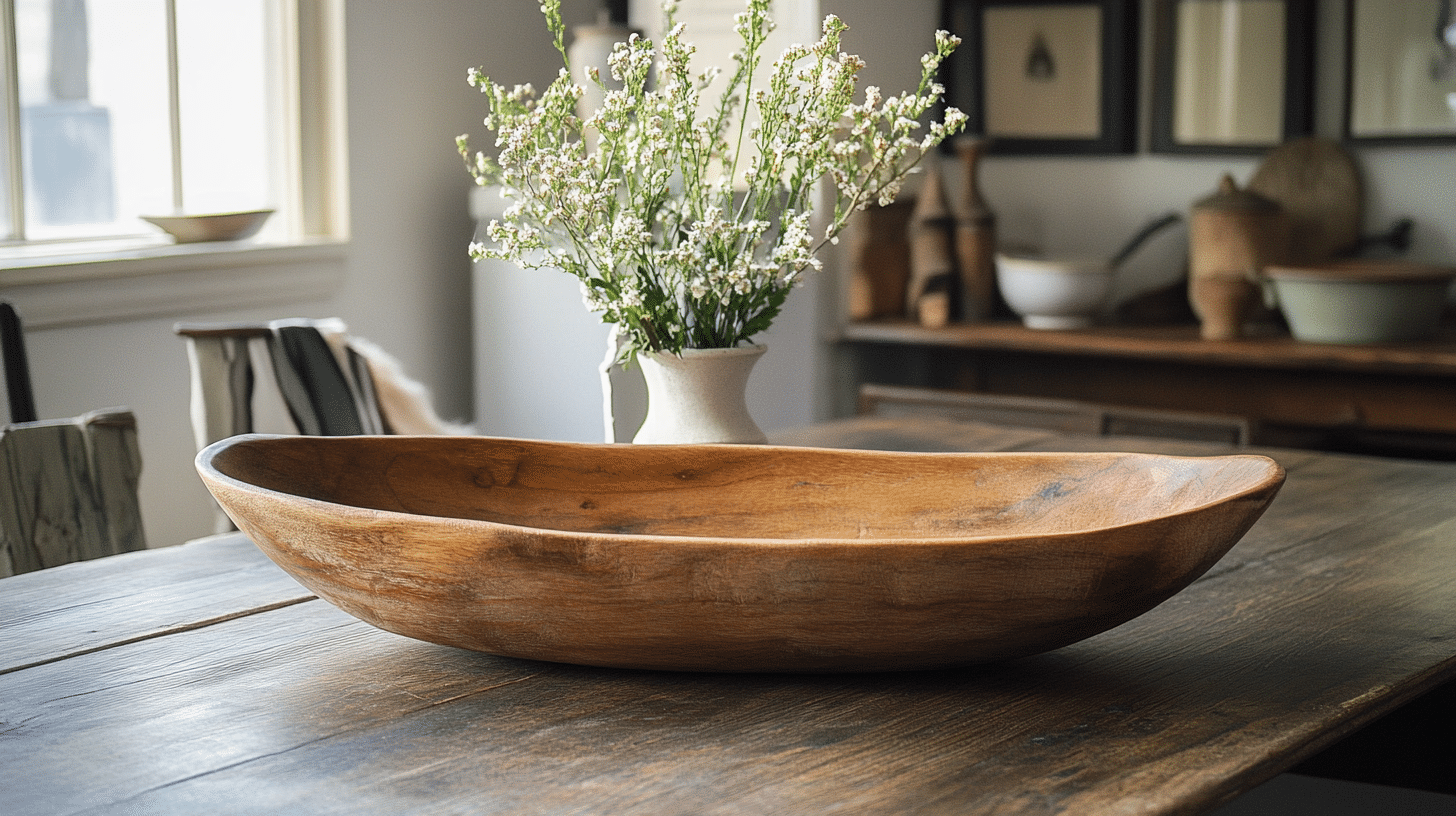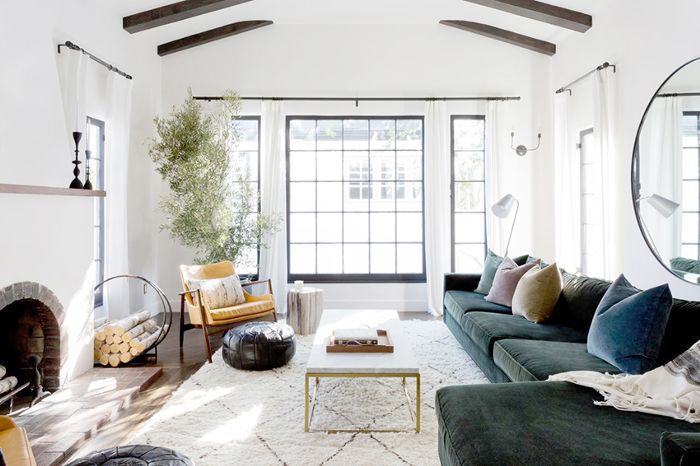Can Dopamine Decor Improve Your Mood?
Dopamine décor is the ‘biggest trend in home decorating this fall’ focusing on happiness, creativity, color, and self-expression. Colors have a strong effect on the emotions and feelings of individuals with certain hues evoking positive emotions such as joy, happiness, and excitement. Dopamine, a chemical produced in the brain is also strongly associated with feelings of pleasure and linked to attention, memory, enthusiasm, and motivation. Given the rough times and stresses from daily living, people are looking for ways to boost their mood and improve happiness. Dopamine décor in spaces at home can uplift moods and spirits turning an abode into a relaxing and calming haven.
Vibrant Colors
Overall, color can significantly enhance one’s mood because it has the power to evoke different emotions and psychological responses. The choice of color in your surroundings can impact your disposition in several ways. For example, decorating a wall with picture frames in warm hues of reds, oranges, and yellows promote feelings of energy and excitement. They are also associated with warmth, vibrancy, and stimulation. On the other hand, cool colors such as blues, greens, and purples often create a sense of calm and relaxation inducing peace and tranquility. Neutral colors – whites, grays, and beiges induce simplicity and balance creating a clean and serene environment. In contrast, vivid hues stimulate feelings of cheerfulness and positivity. Hence, decorating a room with splashes of bright tones can cheer you up and bring positive emotions.
Note that the impact of color on mood can be subjective as people have different associations and reactions to hues based on their individual experiences and even cultural backgrounds. Soumya Chatterjee of the Allen Institute for Brain Science investigates the ‘neurology of color perception.’ According Chatterjee, once the photoreceptors in the retina pass the info to the visual cortex, the information continues to change, and scientists do not yet understand how these transformations result to the perception or experience of an individual with color.
Natural Light and Vivid Patterns
Maximizing natural light in a living space can also stimulate the brain to produce more serotonin, a neurotransmitter that plays a crucial role in the functioning of the central nervous system and the brain. It is often a referred to as the ‘feel-good’ neurotransmitter because of its influence on the mood and emotion. An Australian study found out that people had higher serotonin levels on bright days than on cloudy days. Hence, exposure to natural light can improve serotonin levels that, in turn, assists in mood and sleep regulation, appetite and digestion, cognition, and memory.
Dopamine décor also makes use of patterns and designs that are visually stimulating and eye catching. Geometric designs, abstract patterns, and floral prints on wallpapers, cushions, upholstery, and rugs are striking. Recognizing patterns assist people in interpreting and responding to situations. According to an article by Hattaway Communication, a burst of dopamine is released by the brain every time we recognize a pattern. Kawai et al also examine the effects of flowers after a psychological stress. The researchers found out that viewing a flower image reduced negative emotion and cortisol release.
All in all, dopamine décor aims to create a space that not only looks aesthetically pleasing, but also elicits positive emotions and a sense of well-being. Ultimately, any interior design is based on personal preferences, lifestyle, and individual needs to make a space that is truly uplifting and enjoyable.







